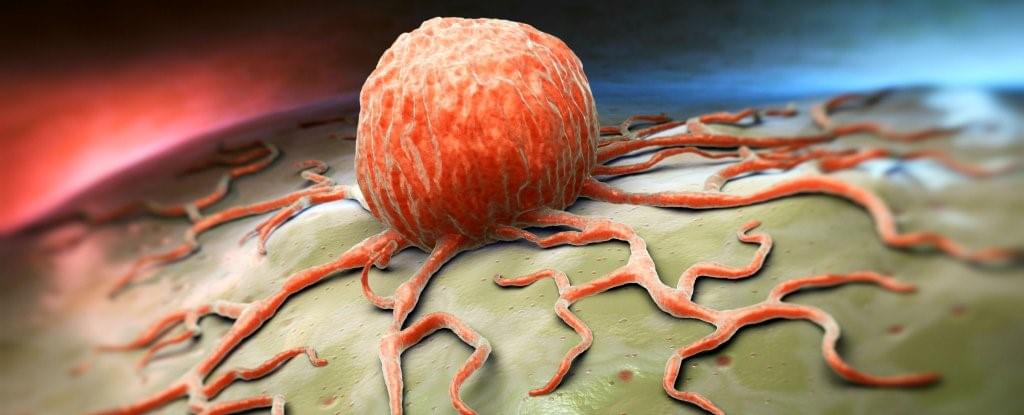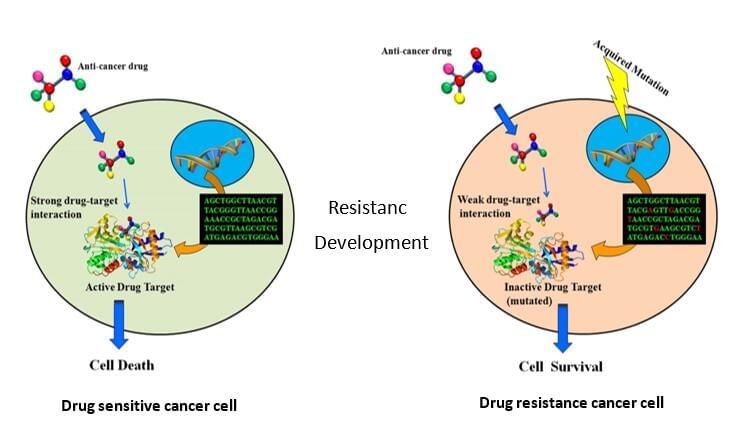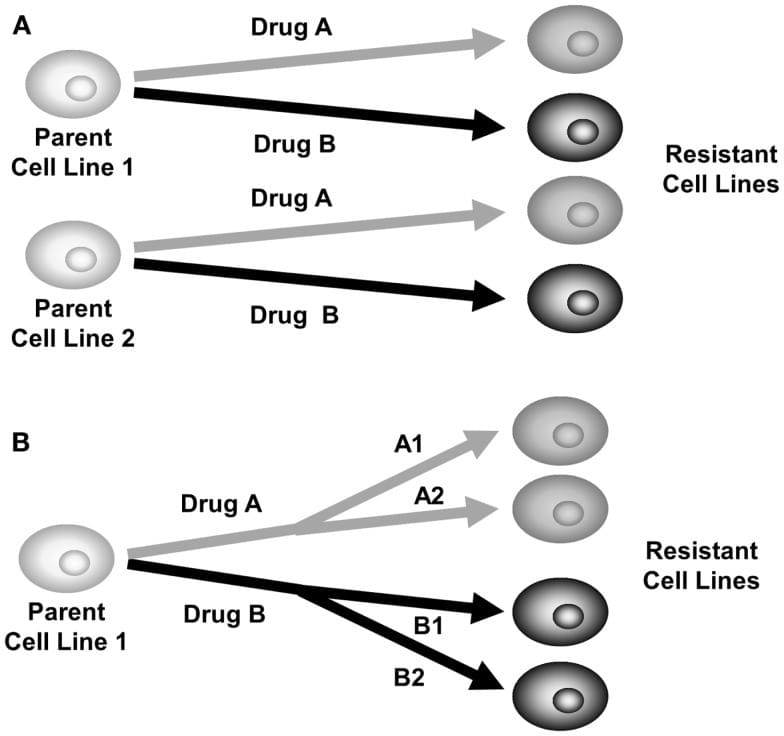Drug-Resistant Cell Model Generation Service

Drug-resistant cell models are needed to investigate the mechanisms underlying drug resistance acquisition in cancer cells in order to develop hypotheses that can be tested by the use of clinical material. Researchers use drug-resistant cell models to mimic the conditions cancer patients experience during chemotherapy, and to understand potential mechanisms of resistance to chemotherapy agents. However, the reference regarding the methodology of the development process is little, and exploring a suitable selection strategy and finally generating stably drug-resistant cell model in house can be very time- and energy- consuming.

Creative Bioarray dedicates in assisting our customer in cancer drug researches and can offer our customers with readily growing sub-lines that show a clear resistance to the selection agent to accelerate their studies.
Creative Bioarray Drug-resistant cell model generation strategies

Drug-resistant cell models are developed in our laboratory by pulsed or repeatedly exposing cancer cells growing in cell culture to drugs. We choose suitable selection strategies such as pulsed selection strategy or continuous selection strategy based on the customer’s requirements on cell type, chemotherapy agents, resistance level and etc. The surviving daughter resistant cells are selected and compared to the parental sensitive cells using combination cell viability/proliferation assays, such as the MTT, acid phosphatase, or clonogenic assays.
Creative Advantages
- Clear and stable resistance to the selection agent
- Different types of Drug-resistant cell lines can be available
- High/ low level of the resistance can be optional
- Guaranteed quality
- Technical supports any time
Workflow

Quotations and ordering
Need finding a drug-resistant cell model? Our customer service representatives are available 24hr a day! We thank you for choosing Creative Bioarray at your preferred cell model source.
References
- Martina, M.; et al. In vitro development of chemotherapy and targeted therapy drug-resistant cancer cell lines: a practical guide with case studies. Front Oncol. 2014, 4: 40.
- Gonzalez-Angulo A.M.; et al. Overview of resistance to systemic therapy in patients with breast cancer. Adv Exp Med Biol. 2007, 608: 1-22.
Explore Other Options